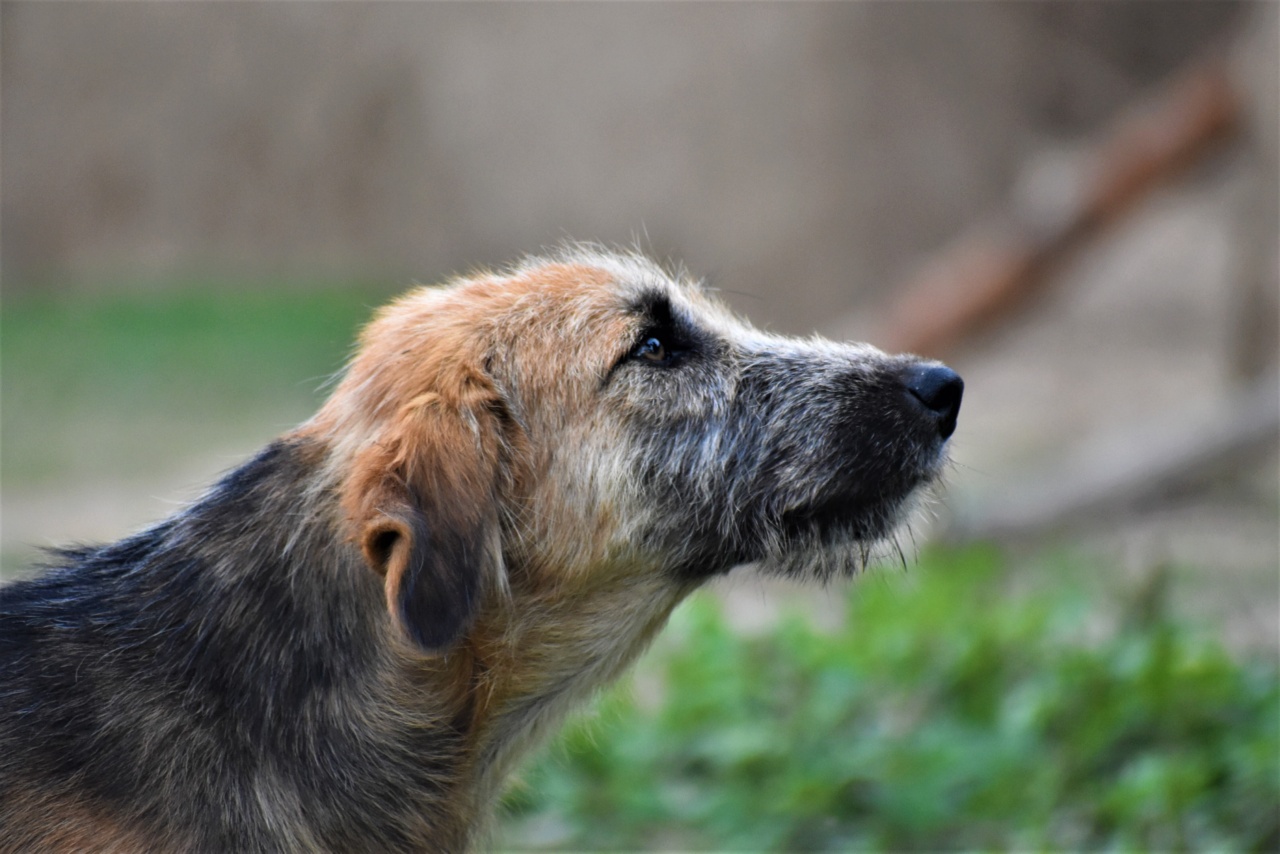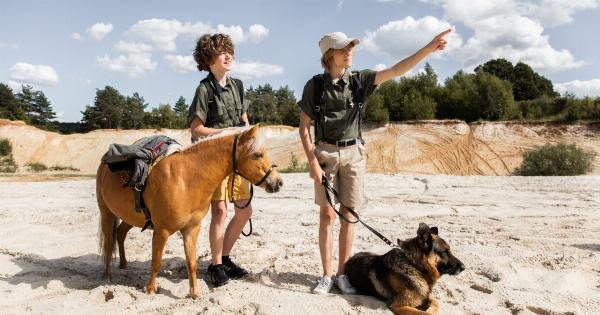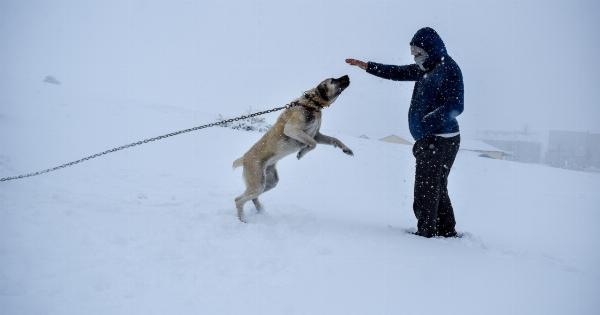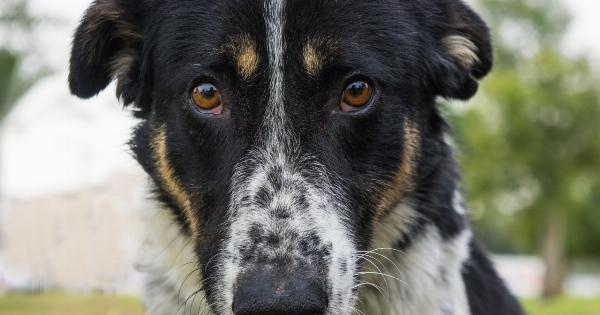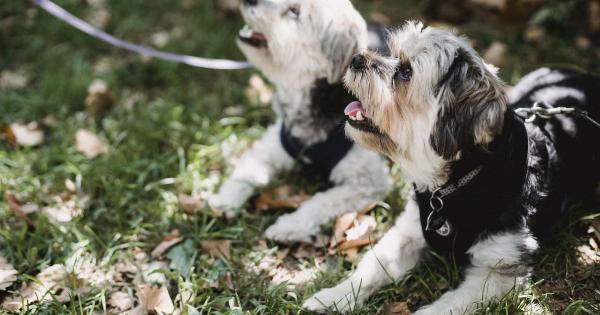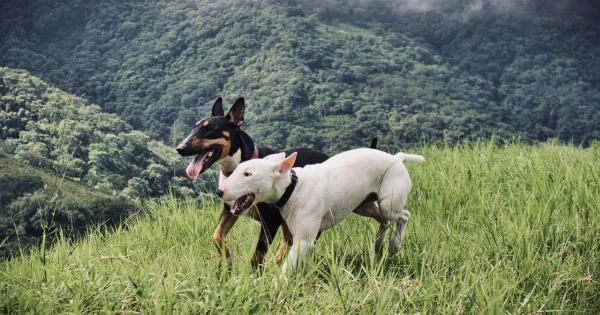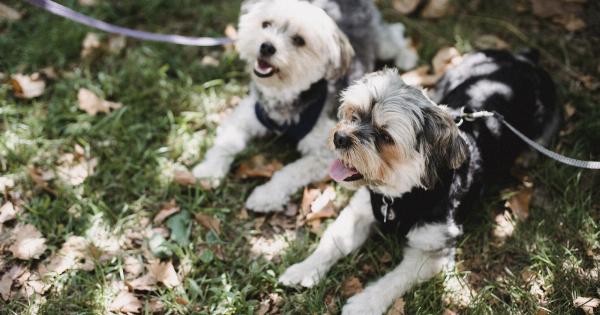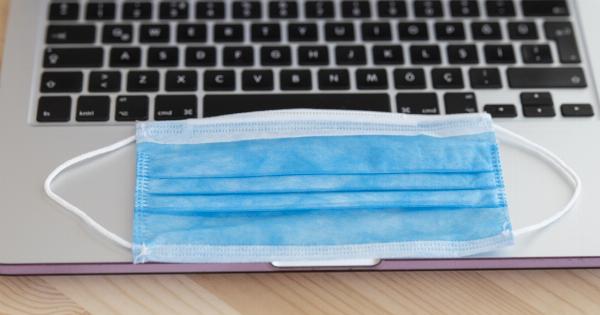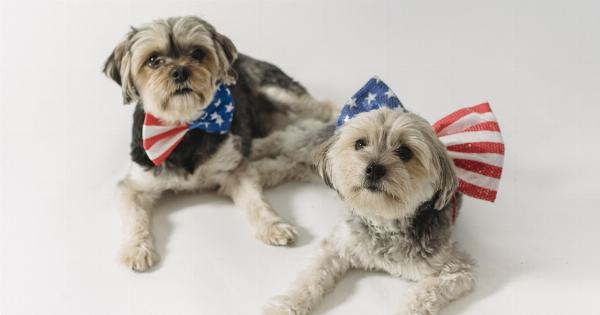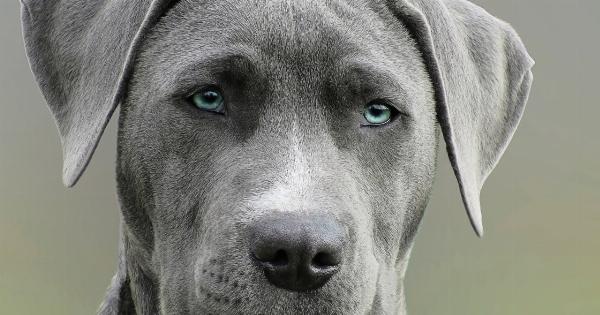Since ancient times, humans have relied on dogs’ exceptional sense of smell for a variety of purposes. From tracking down criminals to detecting drugs, these four-legged detectives have proven their worth.
In recent years, dogs have also been trained to detect various diseases, including cancer, with remarkable accuracy. In the wake of the global pandemic caused by the novel coronavirus, dogs have once again stepped up to the challenge. This time, they are being deployed to track and detect individuals infected with the virus.
Welcome to the world of Koronovios – where the hunt begins with the dog’s nose.
The Inspiration behind Koronovios
The concept of using dogs to detect diseases is not entirely new. Dogs have previously been trained to detect various types of cancer, malaria, and even bacterial infections.
However, the idea of using dogs to detect COVID-19 came about as a response to the urgent need for testing and diagnosis.
In 2020, as the pandemic took hold and the demand for accurate and rapid testing grew, researchers across the world turned to alternative testing methods. One such method was using trained canines to identify the virus.
Inspired by the success of dogs in detecting other diseases, these scientists began training dogs to detect the specific smell associated with COVID-19.
The Magic of the Dog’s Nose
The canine sense of smell is truly remarkable. While humans have approximately six million olfactory receptors, dogs have a staggering 300 million. This allows them to detect scents that are virtually undetectable to humans.
Dogs also possess a specialized region in their brains dedicated to processing smells, allowing for incredible levels of discrimination in scent detection.
When a person becomes infected with COVID-19, their body undergoes certain metabolic changes that produce distinct odors. These odors are imperceptible to humans but can be easily detected by dogs.
By harnessing the power of the dog’s nose, scientists aim to develop a rapid, non-invasive, and cost-effective screening method for COVID-19.
The Training Process
Training dogs to detect COVID-19 involves a rigorous and meticulous process. Specialized dog trainers work closely with scientists to ensure the dogs are exposed to the unique smell of the virus.
Initially, the dogs are trained using swabs taken from individuals who have tested positive for COVID-19. They are then conditioned to associate this smell with a reward, such as a toy or treat.
As the dogs progress in their training, they are exposed to a wider range of scents, including those of individuals who have tested negative for the virus or have other respiratory conditions.
This helps the dogs develop the ability to differentiate between positive and negative samples, ensuring accurate results.
The training process typically takes several weeks, with daily reinforcement and repetition. It is essential to continually challenge the dogs to maintain their accuracy and reliability.
Real-Life Applications
The deployment of COVID-19 detection dogs has already proven successful in various settings. These trained canines have been utilized in airports, schools, workplaces, and even sporting events to screen large crowds quickly and efficiently.
Airports have particularly benefited from the use of detection dogs. By screening passengers before they board flights, these dogs can identify individuals carrying the virus, even if they are asymptomatic.
This significantly reduces the risk of transmission during travel and helps control the spread of the virus.
In schools and workplaces, COVID-19 detection dogs provide an additional layer of security. By quickly identifying infected individuals, schools can prevent outbreaks and ensure the safety of students and staff.
The implementation of these dogs in workplaces allows for prompt isolation and testing, preventing widespread infection among employees.
Challenges and Future Opportunities
While the use of COVID-19 detection dogs has shown great promise, there are still several challenges that need to be addressed. One major concern is the possibility of false positives or false negatives.
To minimize the potential for errors, researchers continue to work on refining the training process and increasing the number of samples used for training.
Another challenge lies in the scalability and accessibility of this method. While trained detection dogs have proven effective, there is a limited supply of trained canines available.
Scaling up the training process to meet the global demand remains a significant obstacle.
Despite these challenges, the success of COVID-19 detection dogs highlights the potential for future applications. Dogs may be able to play a crucial role in identifying other diseases or even assist in search and rescue operations.
Their exceptional sense of smell offers promising opportunities in various fields of healthcare and security.
The Dog’s Nose: A Powerful Tool in the Fight Against COVID-19
In conclusion, the use of dogs in detecting COVID-19 showcases the incredible power of the dog’s nose.
These remarkable animals, with their unparalleled olfactory abilities, have once again proven to be valuable allies in the battle against a global crisis. By training dogs to identify the specific scent associated with COVID-19, researchers have developed a non-invasive, efficient, and highly accurate screening method.
As the hunt for COVID-19 continues, these loyal companions remind us of the untapped potential residing within our four-legged friends.
